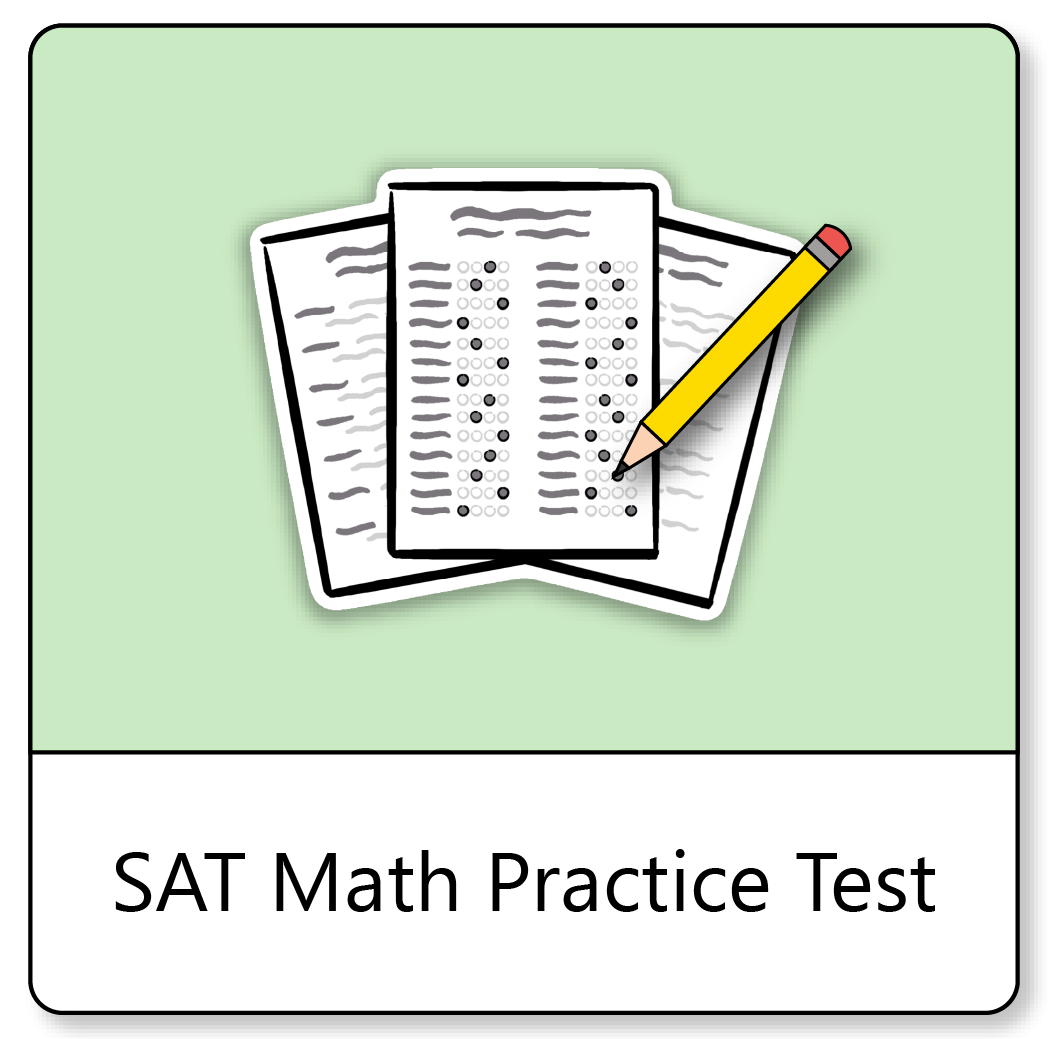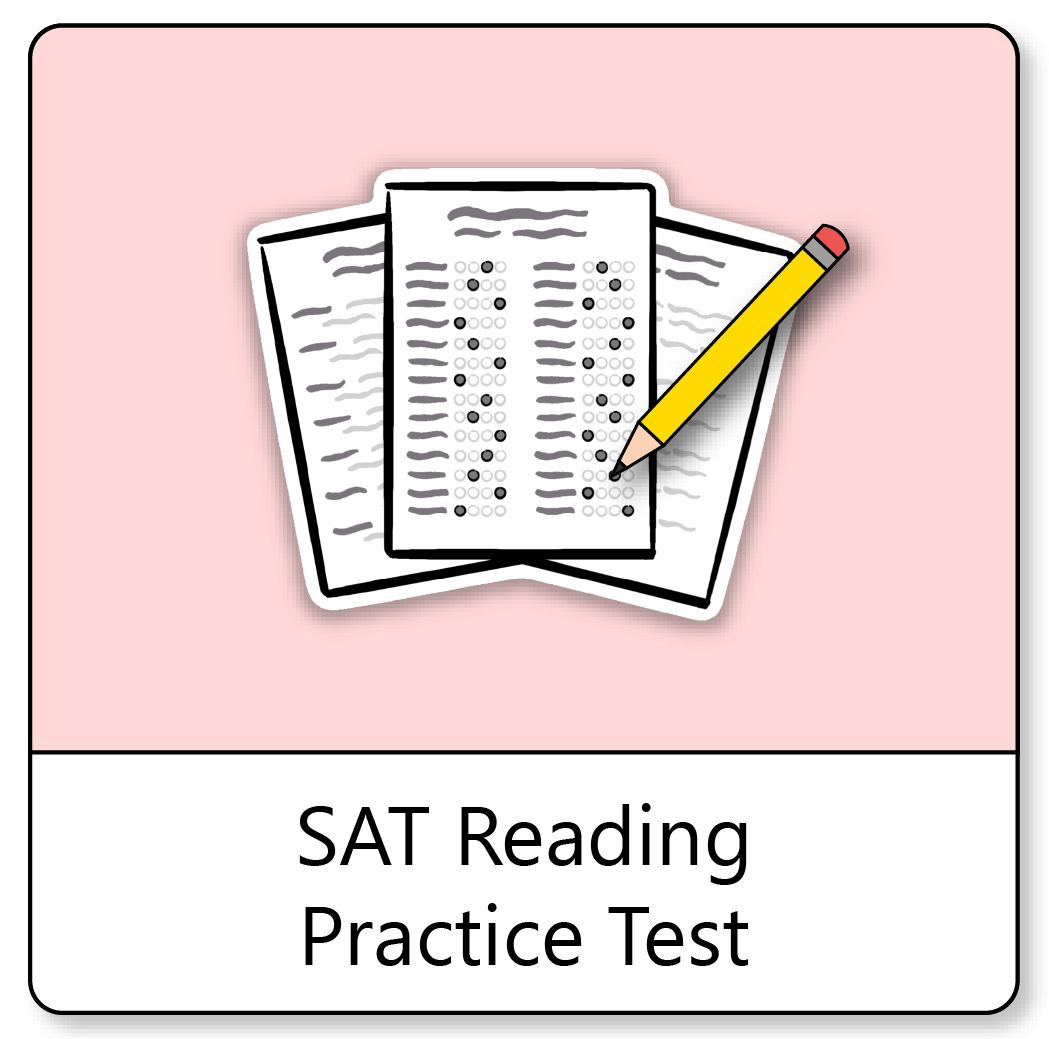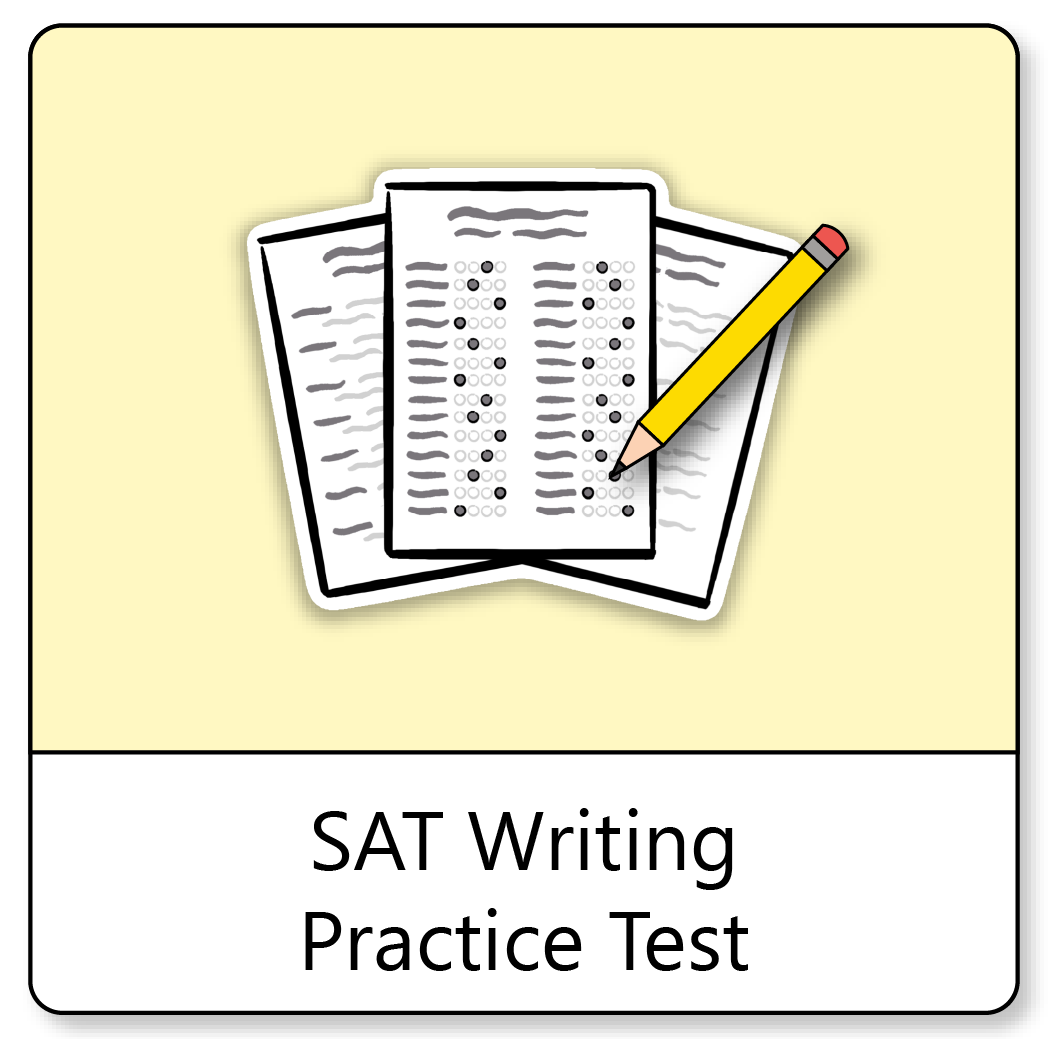If you need help studying for the SAT® or just want some more information about what the test is like, you’ve come to the right place.
Click below to take a free SAT practice test!
SAT Test Outline
Online SAT Prep Course
What Test-Takers are Saying
Self-Assessment Modules
Subject-Specific Practice Tests
If you need some extra practice in a specific subject, click one of the subjects below to get started on a subject-specific SAT practice test.
SAT Test Outline
Here’s a quick look at what’s on the SAT:
Reading and Writing
These are the four main topics you’ll come across on this section of the test:
- Information and Ideas
- Craft and Structure
- Expression of Ideas
- Standard English Conventions
Math
These are the four main topics you’ll come across on this section of the test:
- Algebra
- Advanced Math
- Problem-Solving and Data Analysis
- Geometry and Trigonometry
Click below for a full breakdown of the SAT:
Online SAT Prep Course
If you want to be fully prepared, Mometrix offers an online SAT prep course. The course is designed to provide you with any and every resource you might want while studying. The SAT course includes:
The SAT prep course is designed to help any learner get everything they need to prepare for their SAT exam. Click below to check it out!
What Test-Takers Are Saying
Don’t just take our word for it! See what real test-takers are saying about the SAT:
“There has to be one objectively correct answer for every question, so if you have to take some sort of leap of logic to get to an answer, it’s probably not right. For Reading questions, the only way it can be a correct answer is if it directly references the passage.”

Strik4r
“The issue I had with math was time management. If you read a question twice and do not know how to solve it straight away, just skip it. Do not even lose a second on the question. You will come back to it. That’s what I did for the December test, and it worked.”

Biderman_
“Particularly for English, I recommend studying standard English conventions, independent/dependent clauses, and sentence boundaries.”

jjschwagg
CollegeVine
“My advice for the reading section is to read anything. You can analyze anything critically. Just read anything and work out what the author’s purpose, attitude, and technique is. Note that, sometimes, what a piece of writing doesn’t say is as relevant as what it does.”

Elin Grimes
Quora
Self-Assessment Modules
One of the most important parts of preparing for a test is determining which topics you need to brush up on as you study.
To get started with a self-assessment of your knowledge, click on one of the modules below!
SAT® is a trademark registered by the College Board, which is not affiliated with, and does not endorse, this page.
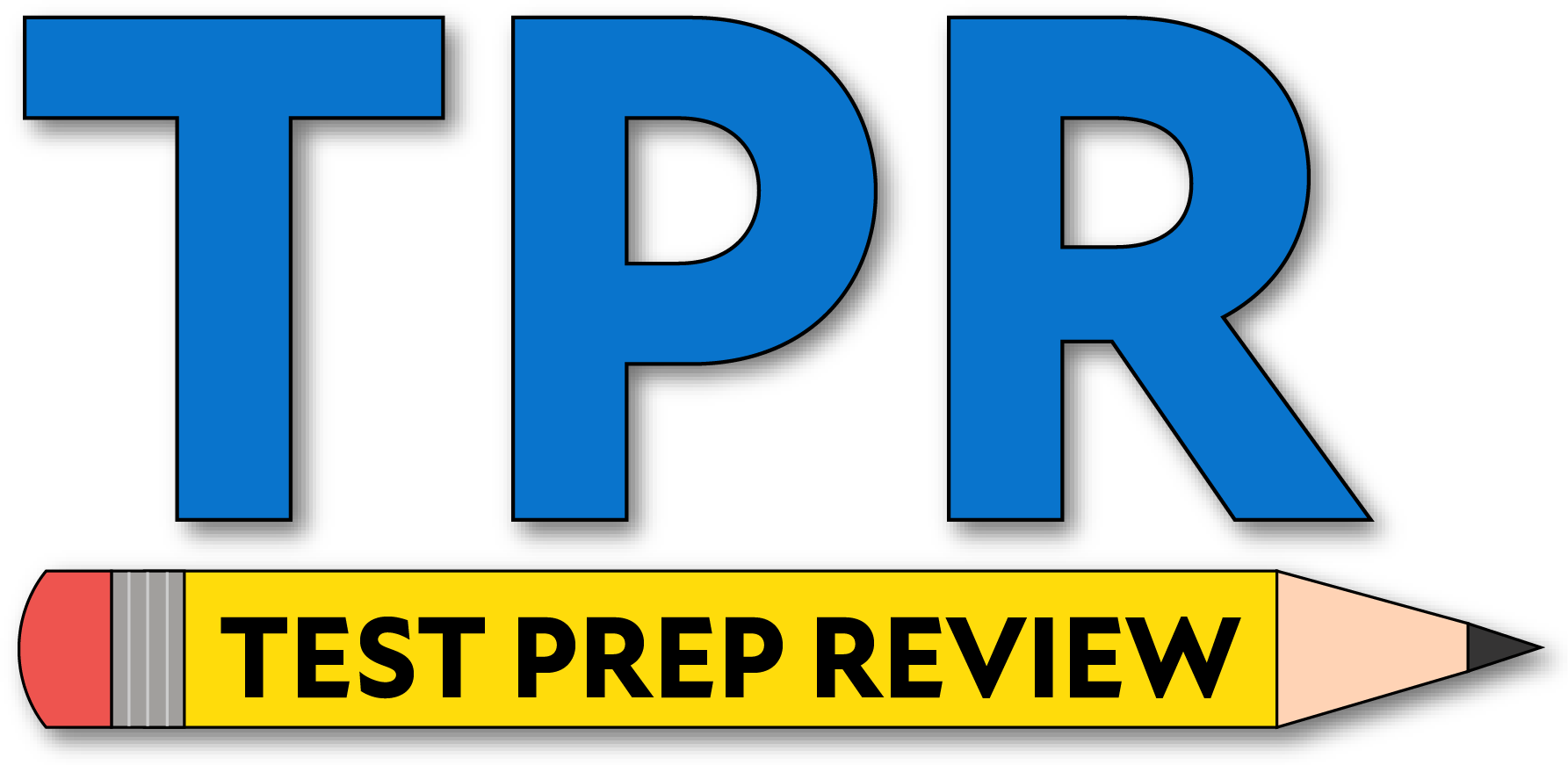


 SAT Online Course
SAT Online Course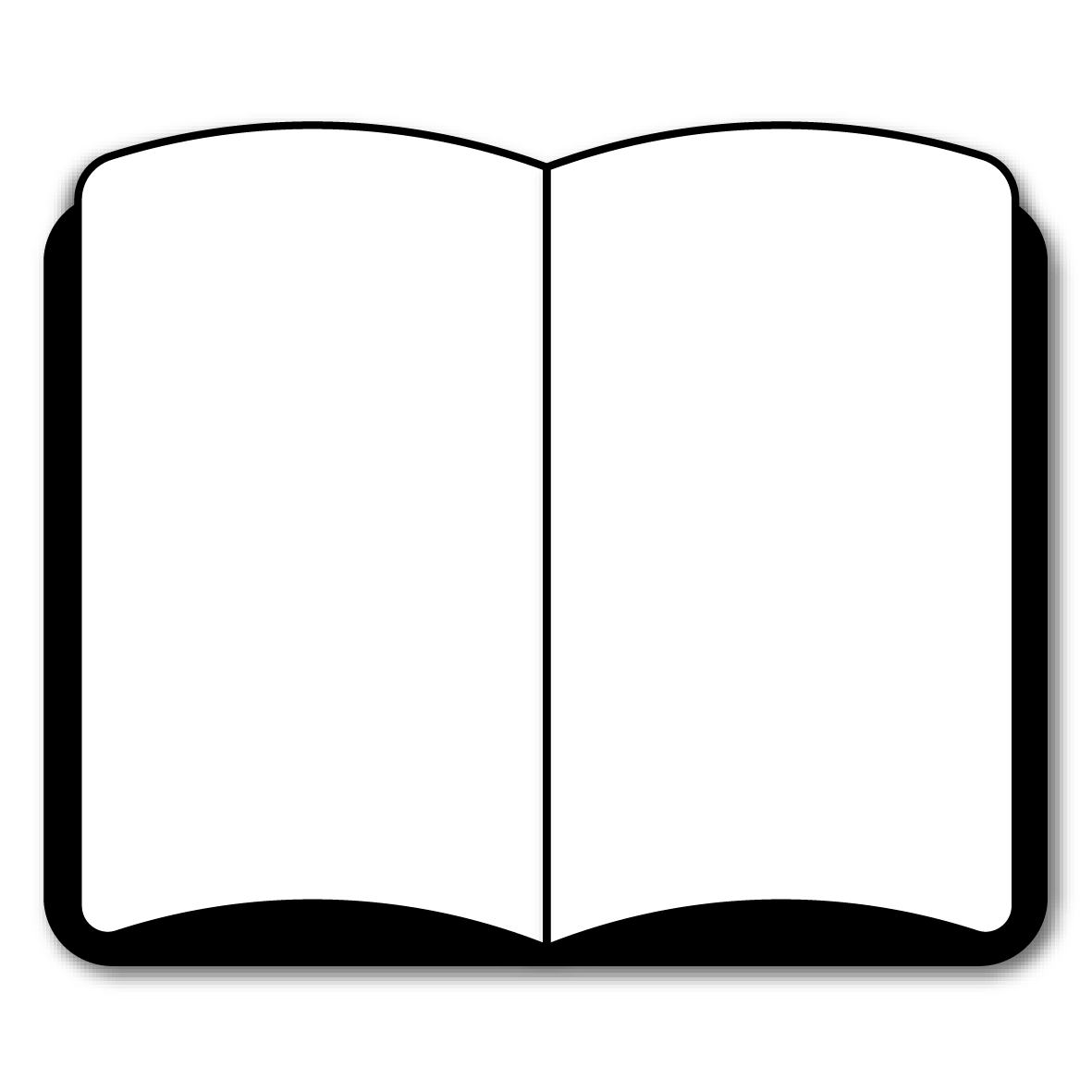 SAT Study Guide
SAT Study Guide SAT Flashcards
SAT Flashcards